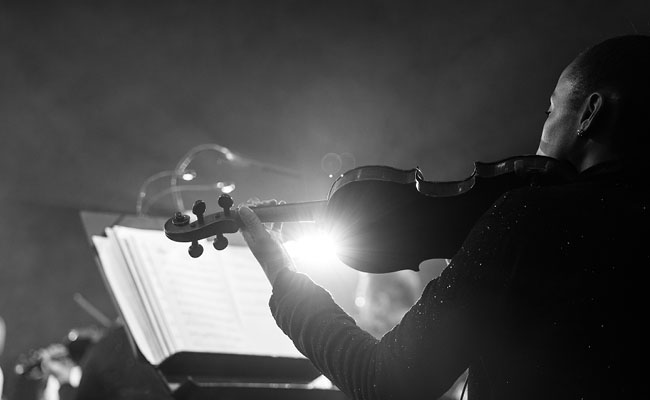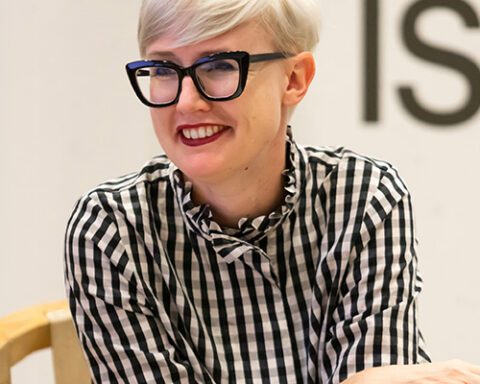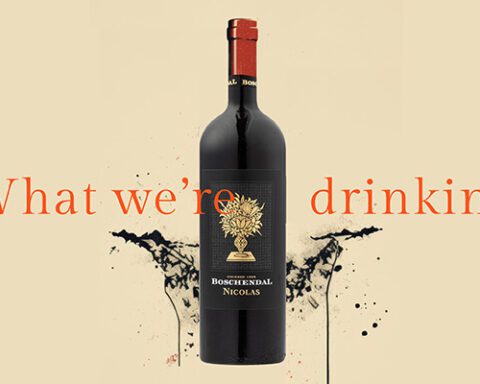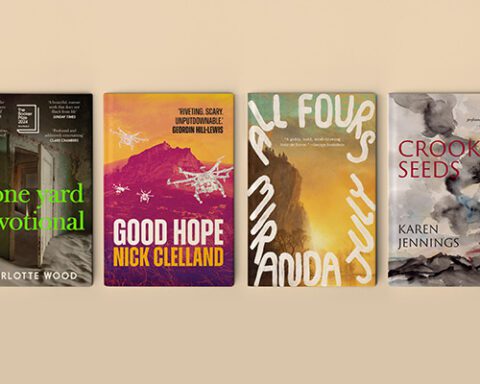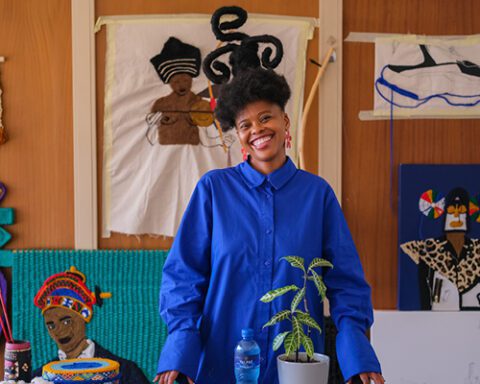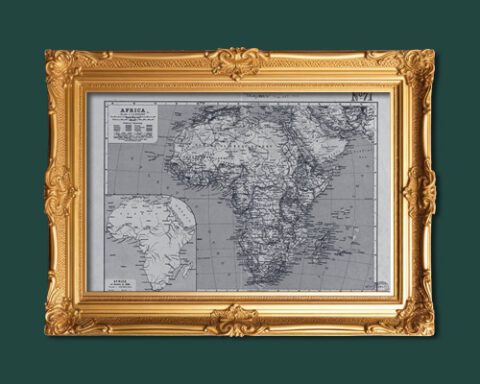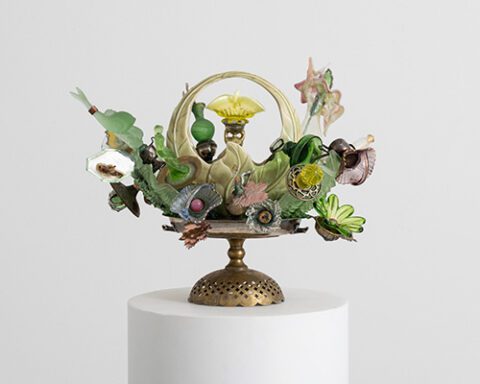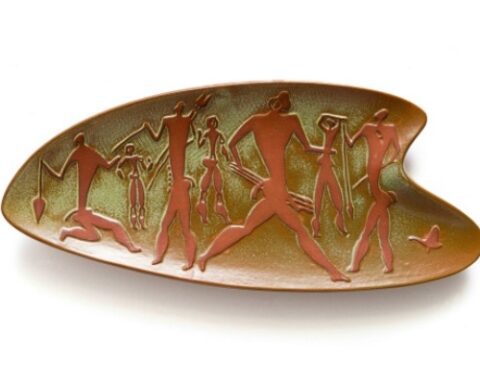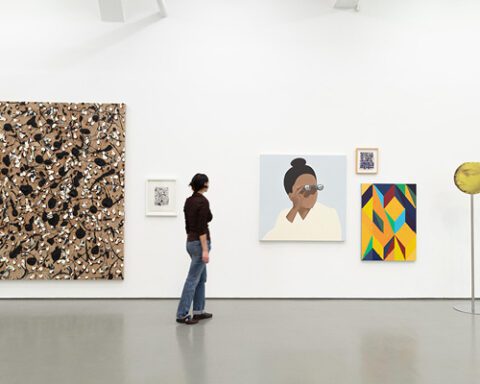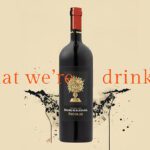Once a year, as maniacal September wind whips across a dusty, dry Joburg, an event takes place that heralds the start of new, better days. For the weary, pothole-dodging inhabitants lucky enough to receive a VIP invitation or secure a ticket, it is a balm in an uncertain landscape.
In the week running up to the annual RMB Starlight Classics show, a huge stage is erected at the bottom of the Country Club Johannesburg’s (CCJ’s) always-green lawn. Up go the marquees and the white picket fence demarcating the venue, in come the lighting teams and the sound guys, the caterers and the dancers. If you pop by the club in Auckland Park during that week, invariably you’ll hear the musicians practising and might even be privy to an impressive orchestral manoeuvre or two.
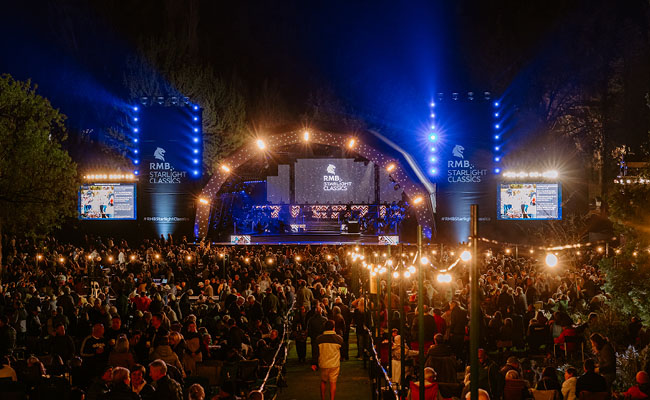
For 25 years RMB has been putting this extravaganza series together at the country club. It’s been rolled out in the Cape annually, hosted on Vergelegen’s Great Lawn. But what started out as a simple open-air, light classical concert in the last century is now a mega-show pioneering what has come to be called “AfroSymphonic” entertainment. This uniquely evolved genre of music incorporates a mix of pop, rock, opera, classical and indigenous South African songs, music and instruments, and the result is wow.
“We work hard to create ‘money can’t buy’ moments’,” says executive producer and creative director Darren Hayward. “By that we mean, you wouldn’t be able to buy a ticket to see that performance happen ever again. It’s a pop singer and an opera singer with a ballet dancer collaborating in such a unique way that you’ll never experience that moment again.”
James Bassingthwaighte, musical director for the event, adds: “This audience can go to the opera in Paris or music festivals around the world, but that’s not where they’ll find somebody who grew up in their city or town collaborating with somebody else who grew up 300km away, performing at a level that is excellent anywhere in the world.”
So, for example, in 2023 guests witnessed the full Phoenix Co Orchestra and conductor Chad Hendricks, a capella group The Soil, and singer-songwriter Jethro Tait collaborating with icon Sipho “Hotstix” Mabuse on his legendary pop hit, Burnout. Voice-only collective The Soil turned the song’s famed intro on its head before Hotstix swept in and dazzled the crowd.
Over the decades these sorts of combos have included big guns like Gloria Bosman, Judith Sephuma, Johnny Clegg, Pretty Yende, Hugh Masekela, Charl du Plessis and a ridiculously long list of other musicians, choirs and conductors. It’s undoubtedly one of the biggest open-air musical events held annually in South Africa and people vie for tickets, hustling to stay on the invite A-list.
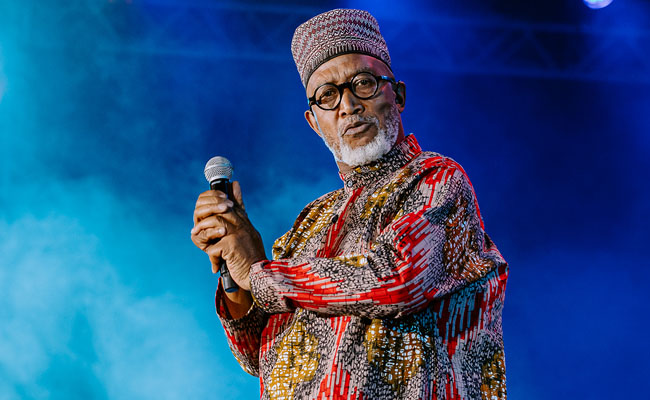
Ahead of the curve
If you consider, say, Investec’s backing of the Cape Town Art Fair and the recent Luxurious Marble Circus, Capitec’s sponsorship of the new handmadeAfrica fair at Nirox Sculpture Park or Standard Bank’s long association with the Joy of Jazz, it seems a given that banks and financial institutions are the natural sponsors for these kinds of cultural events. Two and a half decades ago, it wasn’t so commonplace. A box at the rugby, sure, but a brand organising its own classical concerts – not so much.
It all started with renowned conductor and musician Richard Cock going to see RMB co-founder Laurie Dippenaar. “The SABC had withdrawn its funding from the National Symphony Orchestra, which I was running, so I went to Laurie for help, and he came up with the idea of an outdoor concert in a garden amphitheatre, which evolved into RMB Starlight Classics at CCJ,” explains Cock. It was an elegant solution – creating a sustainable working opportunity for the players, that offered unique entertainment and relationship-building value to clients too.
“For us, music made sense. It was also a very unchallenged territory,” says Carolynne Waterhouse, RMB’s corporate marketing guru and passionate guardian of Starlight Classics. “The only way you build a brand is through trust. The only way you build trust is through emotion. Sport does this wonderfully, but one side loses – with music there are no losers. Also, at the time of launching, it just made sense; there weren’t many corporates doing epic things in music.”
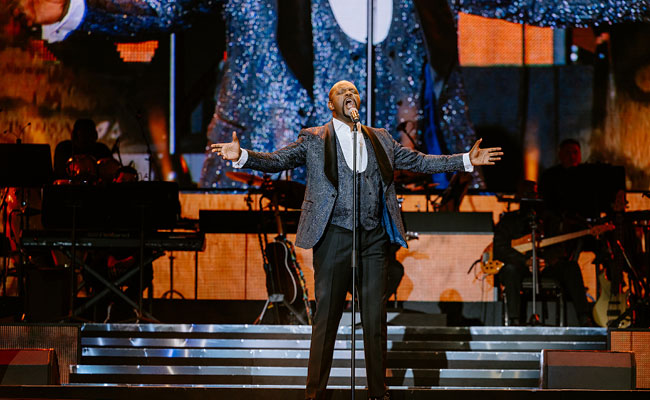
Impact zone
Of course, considering that about 4,000 customers from RMB, sibling bank FNB and the country club attend each night of the four-night concert bonanza, it’s easy to pigeonhole the gig as elite and niche. Equally, it’s not hard to write it off as a marketing and client-building project. The latter is, unashamedly, Starlight Classics raison d’être – but what neither of these assumptions factors in is the surprisingly inclusive, longtail impact of the project.
“For me, perhaps the most amazing part of all this is that orchestral life is still going on here, which is very important,” says Cock of the sway of the event, adding: “We’ve managed to change the sort of concert-going culture, which before was rather stuffy.”
He’s also quick to point out the lasting impact the show has had on the development of classical performers and conductors in South Africa – a field he continues to be hugely active in.
“We had acclaimed international soprano Elza van den Heever starting out her career at one of our early concerts,” recalls Cock. In the 2000s, he and musician and tenor Nic Nicolaidis went on a tour of South Africa, gathering up 20 tenors who then performed together at Starlight Classics. Over half of these singers have gone on to have international careers, and original group member Siyabonga Maqungo has subsequently performed at the event solo.
Post-Covid, The RMB team gathered 10 tenors, assisting them to translate their immense talent into rewarding work. As the Mzansi Tenors, they’ve also performed across South Africa. Likewise, Starlight continues to give a platform to new conductors including Chevonne Plaatjies and Brandon Phillips. Many of the performers have also benefited from RMB’s Talent Unlocked programme, which provides various levels of support for young talent across the creative economy.
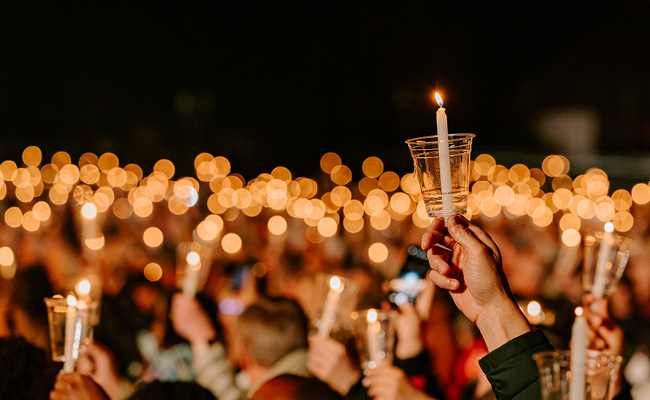
Levelling up
Bassingthwaighte raises another, less obvious knock-on effect of the 25 years, saying: “The fact that we have this process of being involved in a world-class show on repeat means that everybody’s going through a learning curve like this on an annual, if not biannual basis.
“I think that that is a gift that Starlight gives to the industry – an environment of extremely high production value that so many people are given access to repeatedly work on.”
Plus, there’s a massive skills transfer to the team and growth of talent. Take Lulu Mlangeni, for example. She started out as a dancer and is now assistant director on the spectacle.
There’s another very basic outcome too, says Bassingthwaighte – “we are putting a lot of creative people in front of successful businesspeople, in front of corporate decision-makers”. The follow-up work from that is not to be discounted.
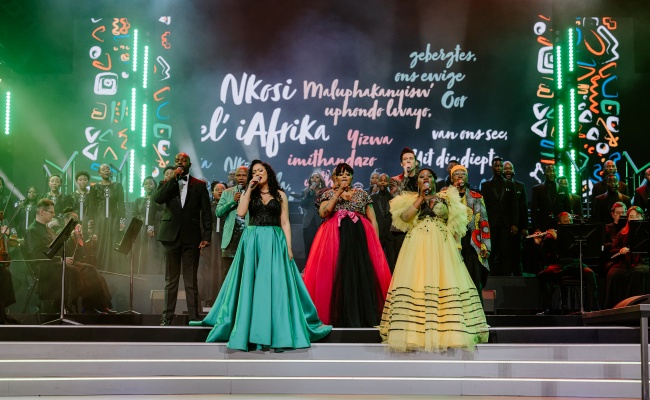
Private money
Former Business Arts South Africa boss and longtime cultural critic Michelle Constant is just as pragmatic about the impact of these kinds of endeavours. “They happen because they matter to the corporate and the community – and that is key,” she says.
In the case of RMB, valuing the arts has always been part of company culture (it also sponsors the RMB Latitudes Art Fair), but, over the years, the financial services industry has become a big funder of the sector.
Constant raises an interesting point about the already heavy role business in South Africa is playing in terms of public-private partnerships in all kinds of sectors, not least in basic ones like infrastructure – but its continued involvement in the arts remains key.
“If it wasn’t for financial institutions, the fight would be much harder because the arts and artists would have to find other organisations and other corporates to fund them,” she says. “Equally, the arts are very valuable – as is sponsoring them. They provide a brand with all sorts of ways to be seen as something different, to be seen as creative, to be seen as a very different thinker.”
Constant echoes Bassingthwaighte in her thinking. “The longevity of something like Starlight Classics is super powerful because it allows the artists to really think about things in terms of competitiveness, to see who’s who in the zoo, who’s doing new things. It’s incredibly valuable for the creative and cultural industries.”
But what about the future?
This year was Cock’s final one of holding the Starlight Classics baton after two and a half decades, but he remains incredibly upbeat about the show. “It’s grown beyond anything I could ever have imagined, and we’ve got great things in place – we’ve got new emcees, we’ve got young conductors. It’s ready to roll on,” he says proudly.
The show is already broadcast on DStv and available on YouTube, but there remains scope for further audience growth – and there are also mutterings of expanding the show’s run to further evenings if there’s a viable business case.
Hypotheticals aside, with any luck the organisers will continue to invoke the unparalleled sense of hopefulness and joy you feel after a night under the stars with the RMB Starlight Classics crew.
As Waterhouse sums it up: “I’m most proud of the fact that it ignites optimism – that people come along in whatever frame of mind they’re in, and they leave the concert believing in abundant possibilities and [that] they can do better – in South Africa!”
Here’s to 25 more years of that.
RMB Starlight Classics. Images supplied by Strike A Pose Studios.
Sign up to Currency’s weekly newsletters to receive your own bulletin of weekday news and weekend treats. Register here.
